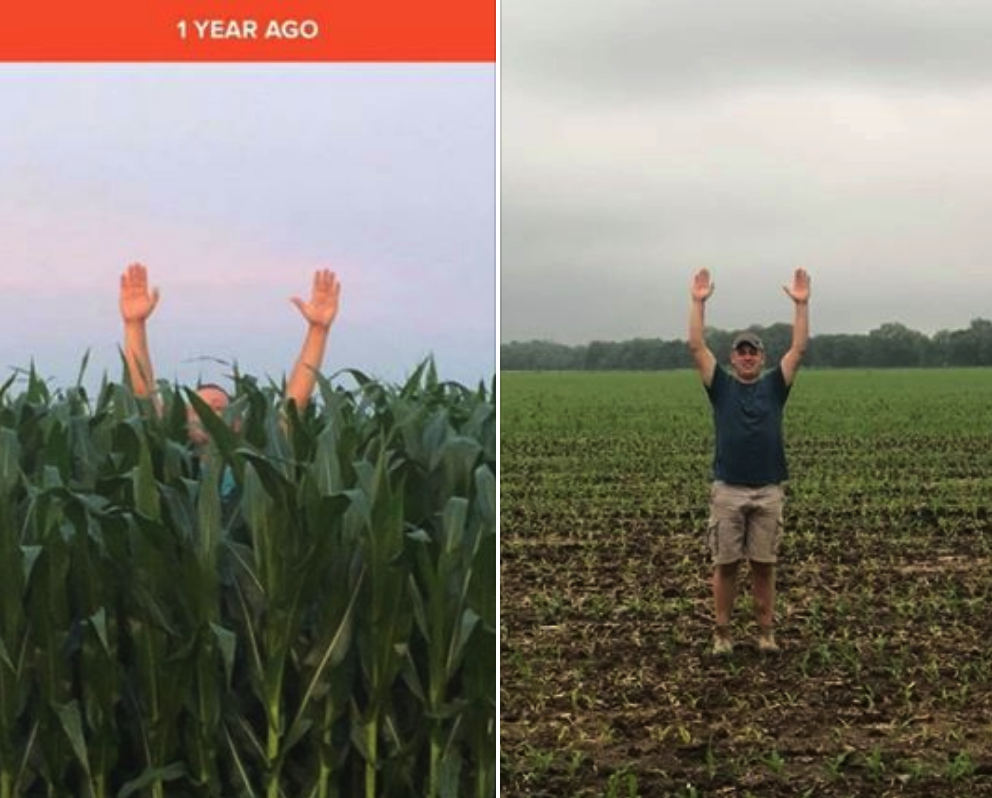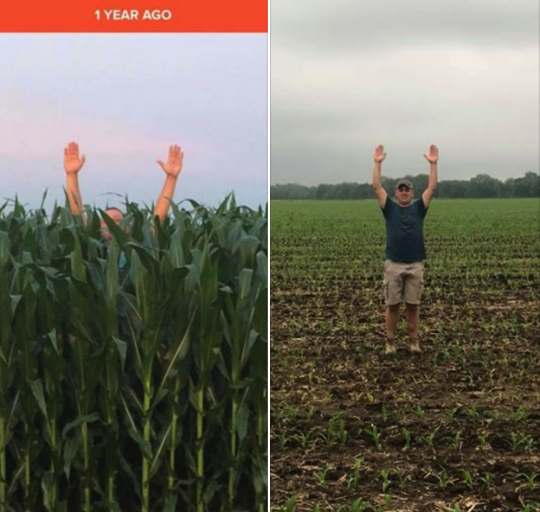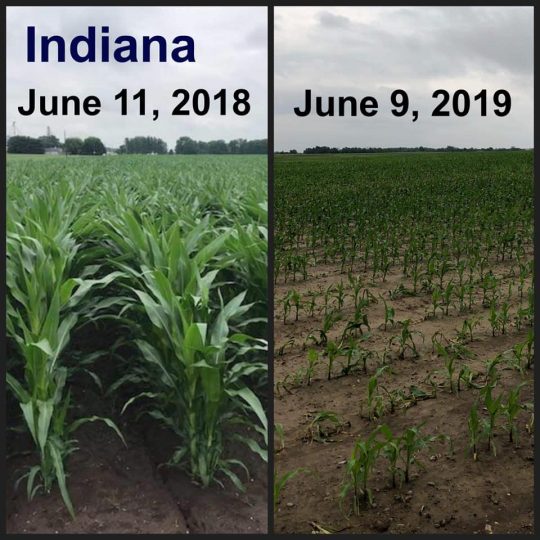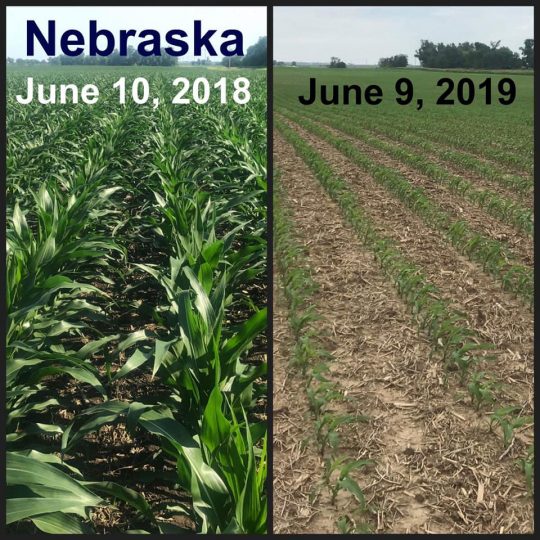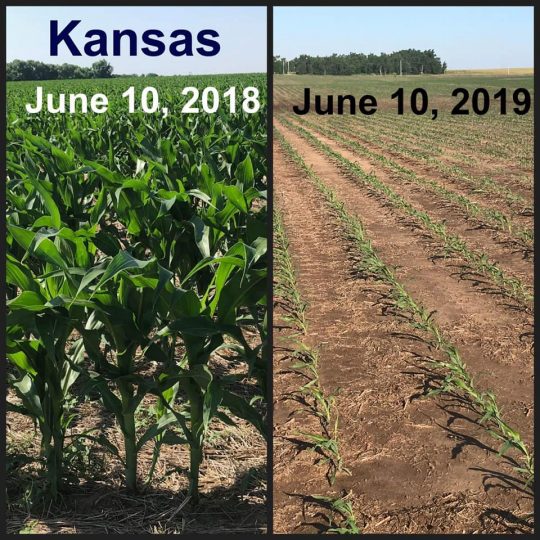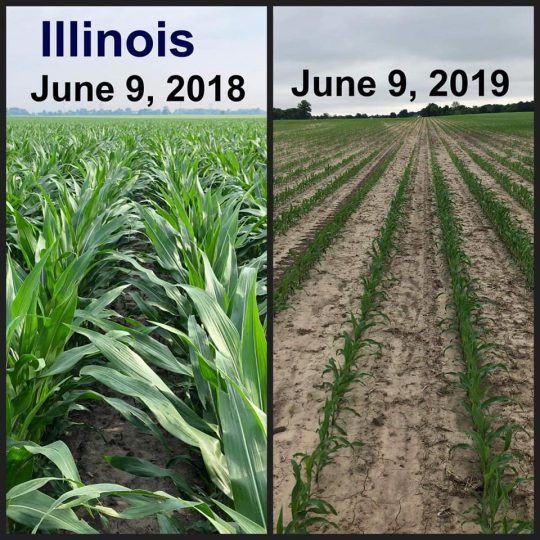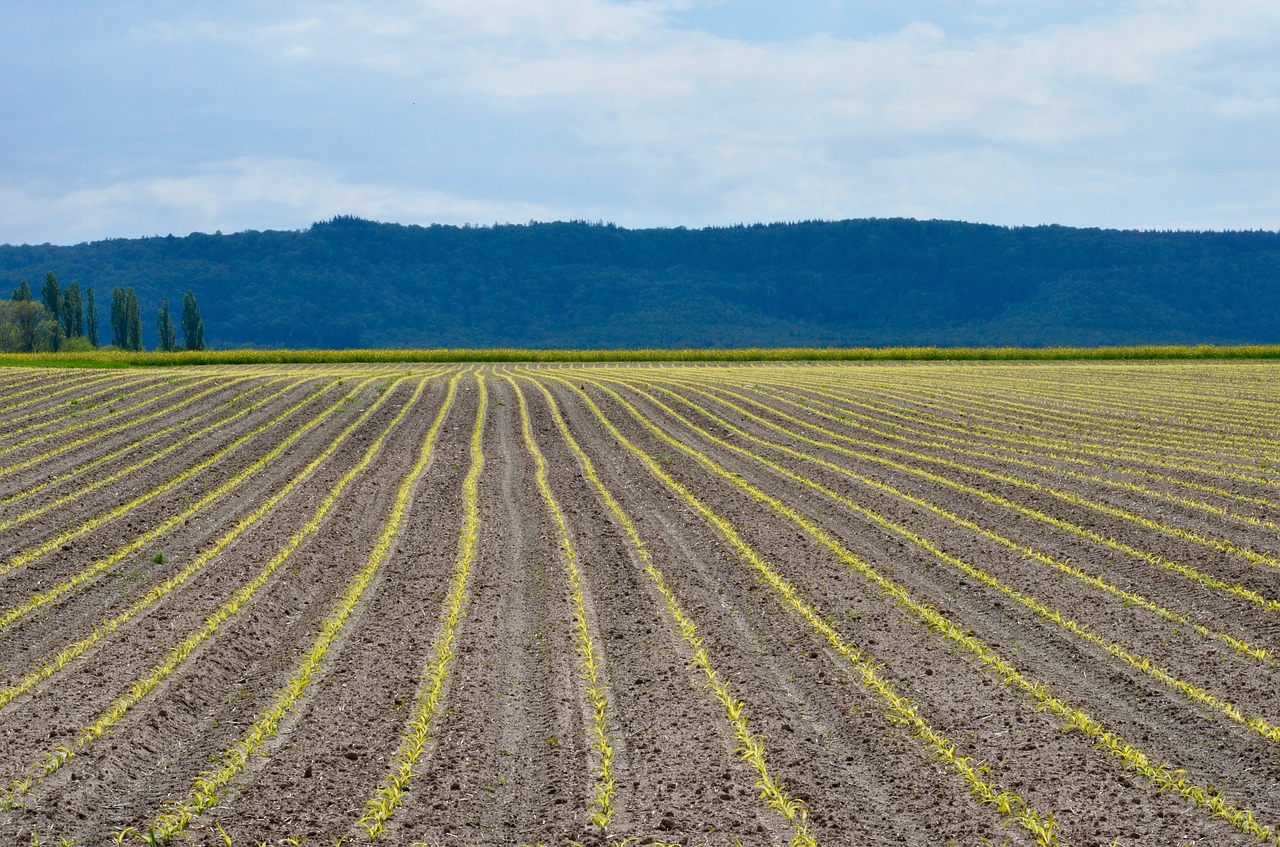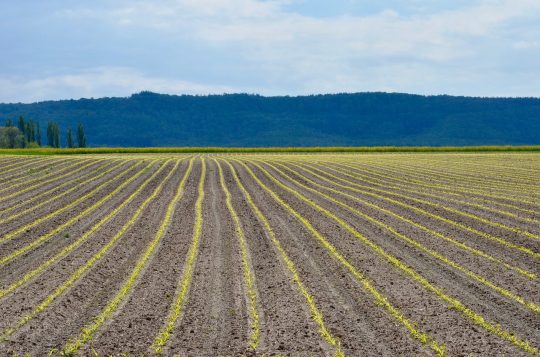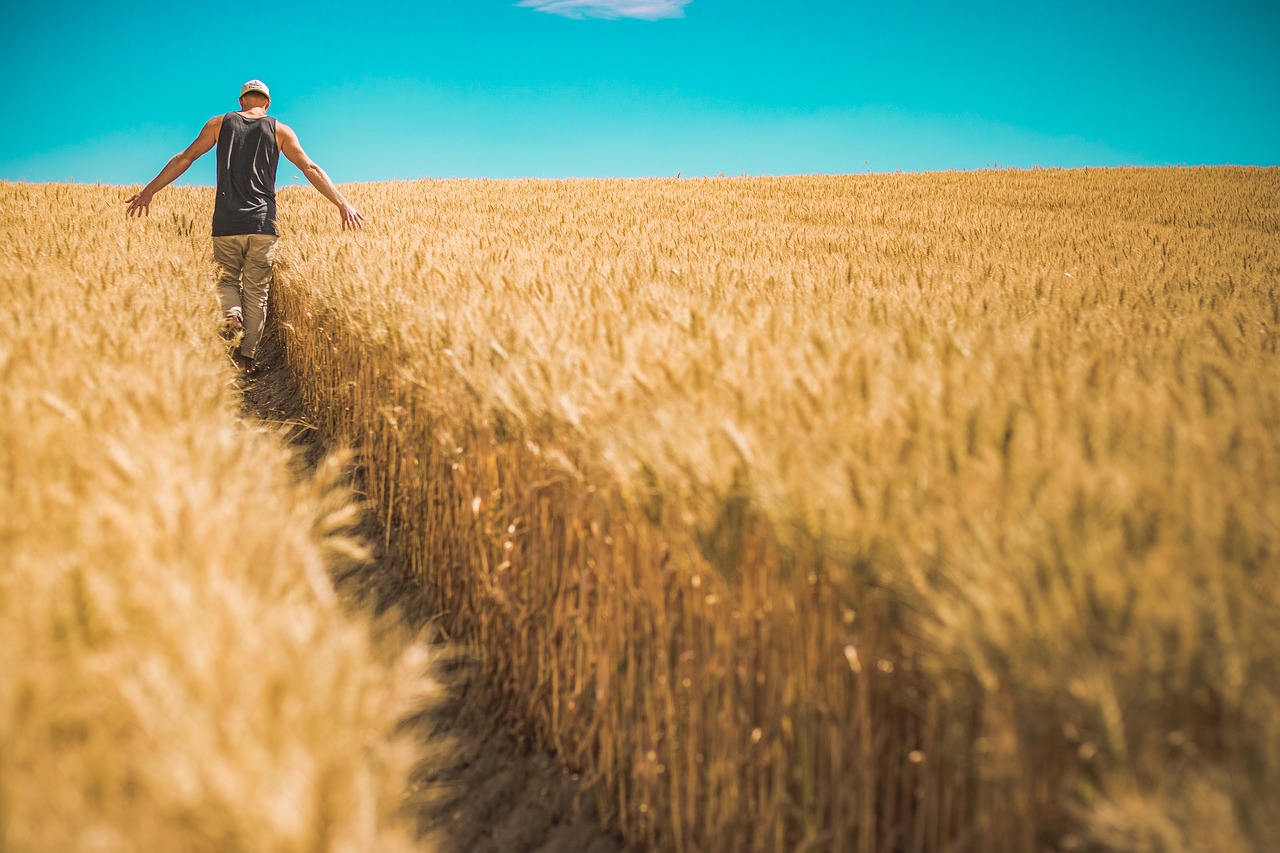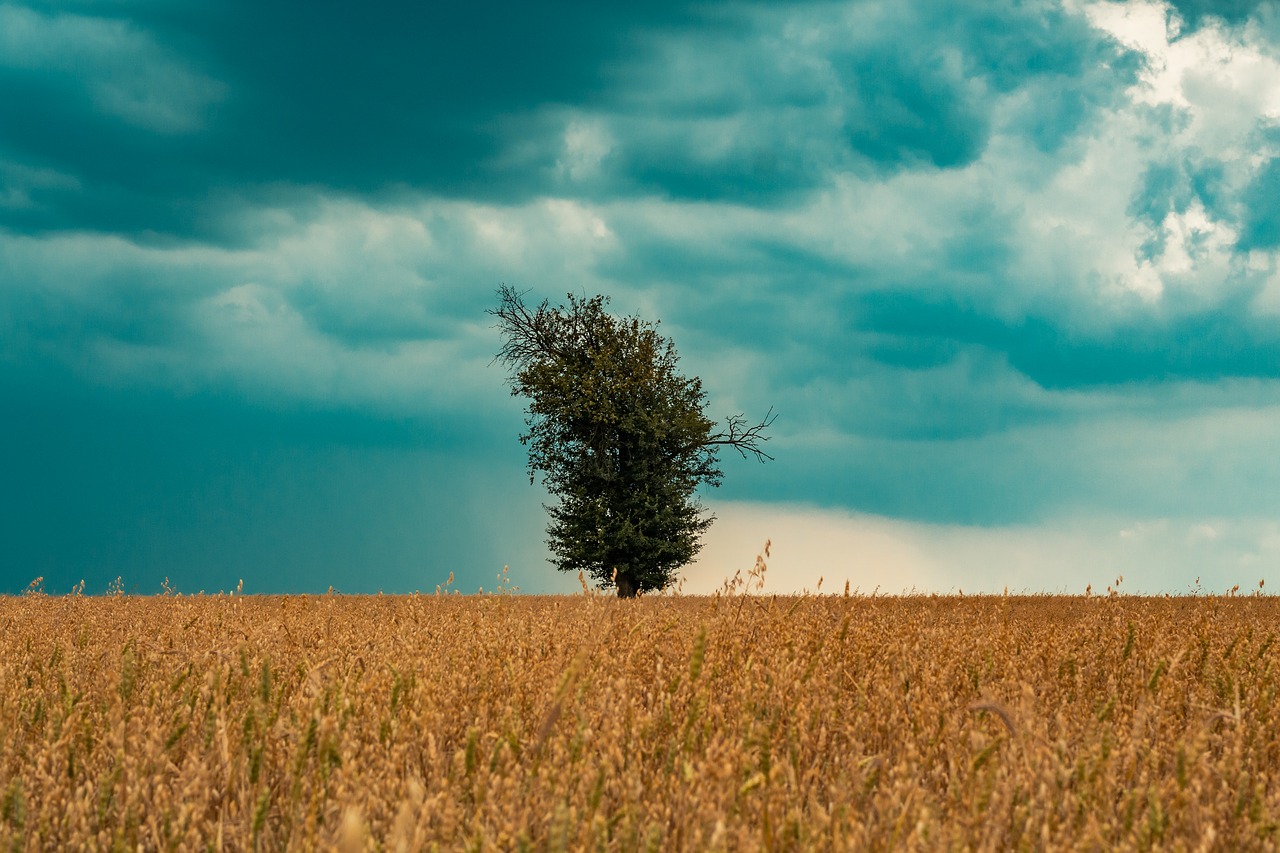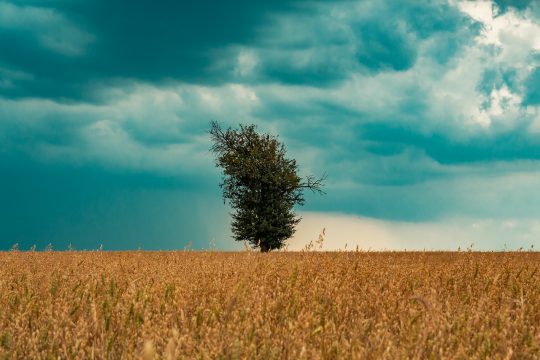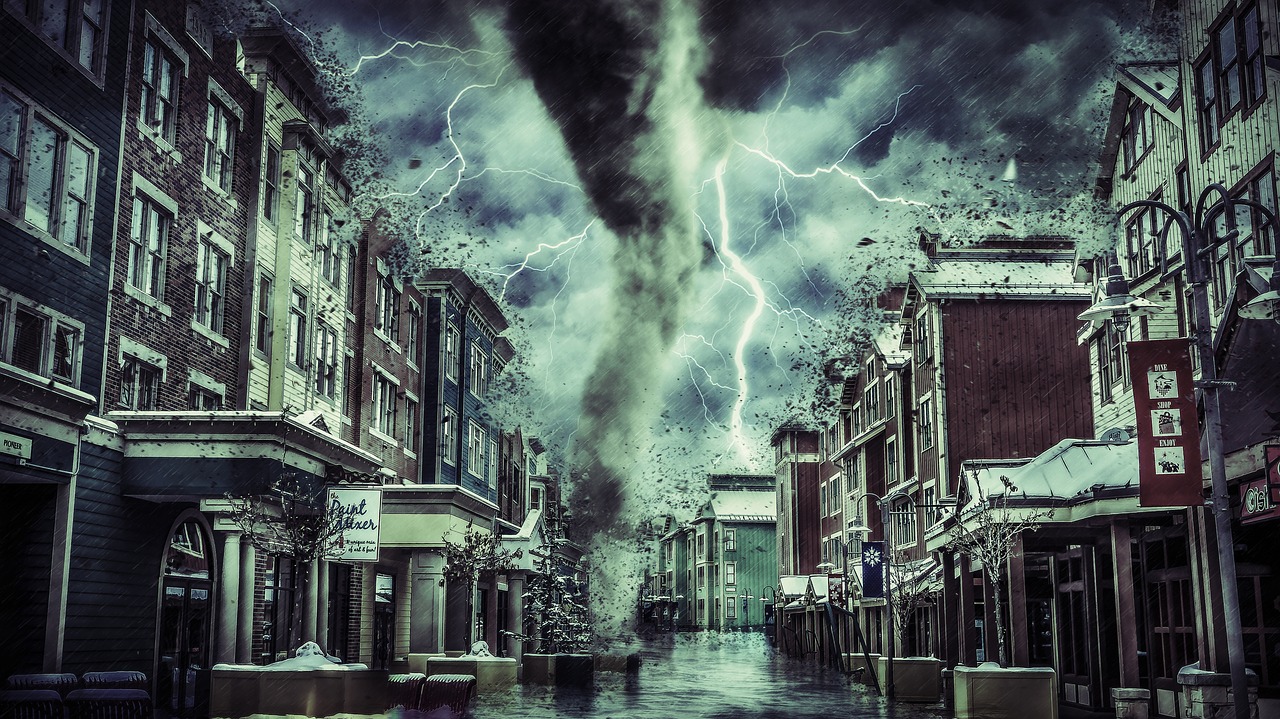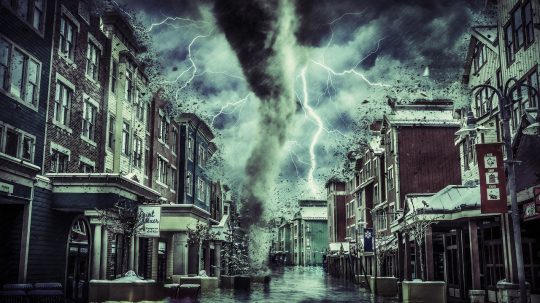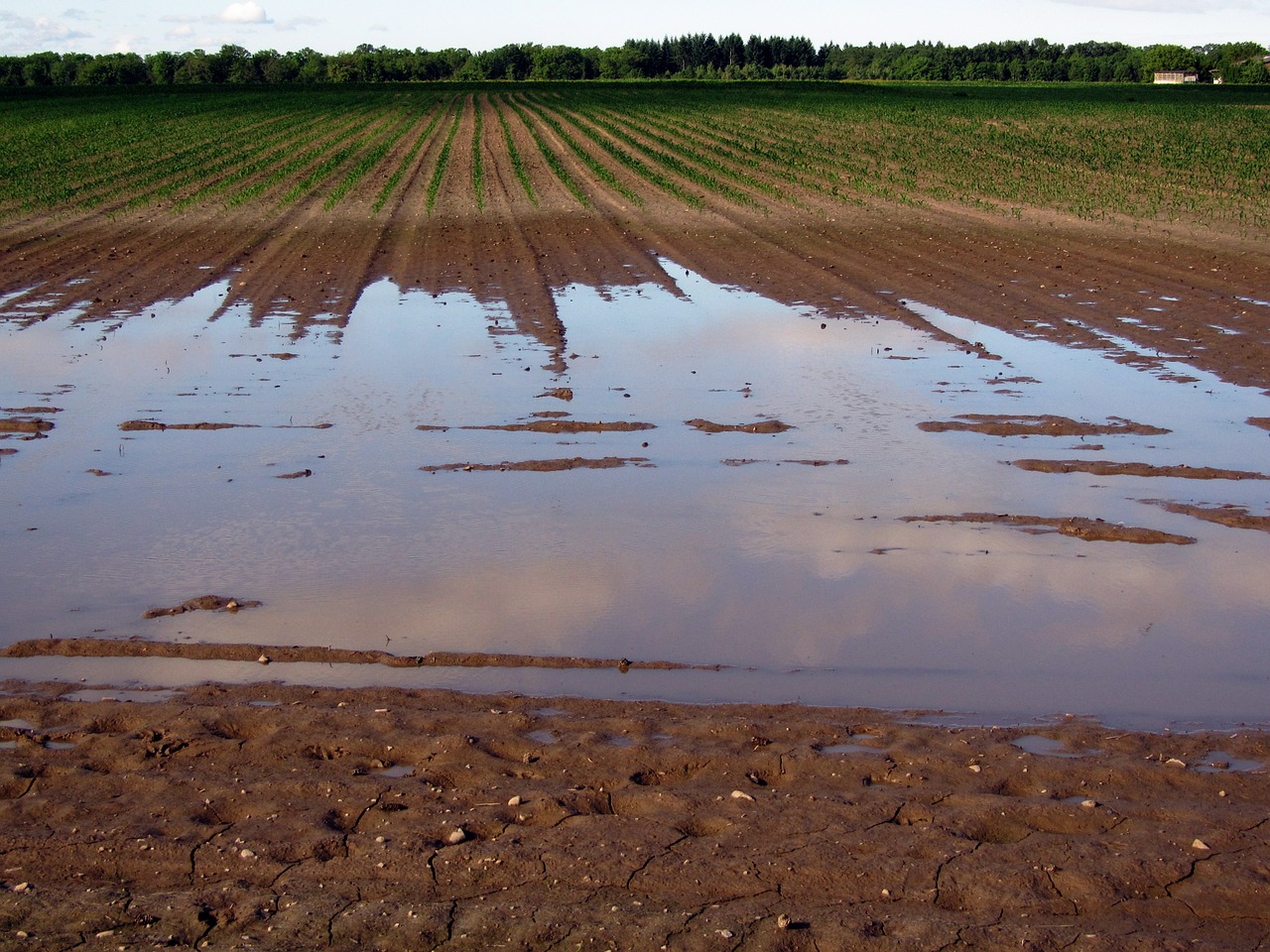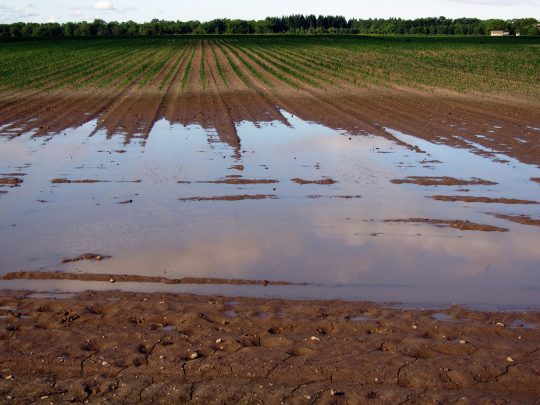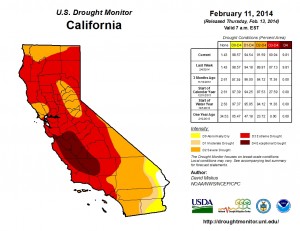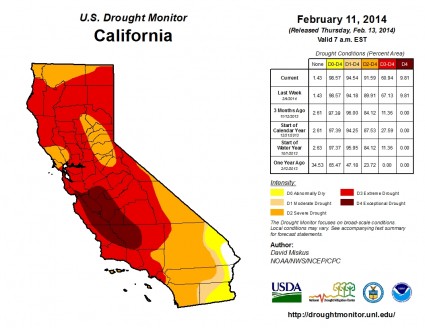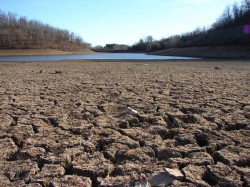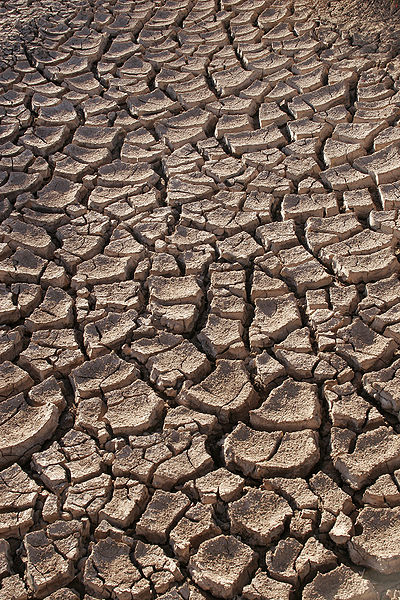Torrential rains have been hammering the heartland of America for months, and at this point vast stretches of farmland in the middle of the country are nothing but mud. As a result of the endless rain and unprecedented flooding that we have witnessed, millions of acres of farmland will have nothing planted on them at all in 2019, and that is a major national crisis. But most farmers were able to get seeds planted in the deplorable conditions, and now they are desperately hoping that something will actually grow. Unfortunately, on farm after farm what is coming out of the ground looks absolutely terrible. Even if we get ideal weather conditions for the rest of the summer, there is no way that many of these fields will be ready before the first hard frost arrives. As you will see below, the truth is that we are potentially facing the most widespread crop failures in all of U.S. history.
This is the biggest news story in America so far this year, and the mainstream media is finally starting to understand the gravity of what we are facing. Just consider the following quote from a recent Quartz article…
The stories across the Midwest are wrenching. Scrolling through the #NoPlant19 hashtag turns up dozens of posts about farmers staring out at soggy fields or farm equipment foundering in deep mud. It’s likely many will see their harvests devastated this year, and global grain prices could spike.
But of course a picture is worth a thousand words, and so let me share a before and after photo that a farming couple in Indiana named Kyle and Tori Kline recently shared on Facebook…
According to Tori, the corn was almost above Kyle’s head at this time last year, but today it is barely out of the ground…
“These two pictures speaks volumes to the crisis American Farmers are facing this spring. Kyle is about 6’3” and the corn was nearly above his head. Most corn around our area is lucky to be out of the ground, let alone knee high. It’s just some food for thought for those who think farmers are “rich” or “greedy” or what have you. It’s the reason food and gas prices will be getting higher as the summer goes on. I pray for those who didn’t or still haven’t gotten their crops in – for their safety and mental health. This year will be one to remember.”
Do you think that corn is going to be ready when harvest time rolls around?
And of course the Klines are far from alone. All over the nation, farmers are facing either dramatically reduced yields or no harvest at all.
Let me share four more extremely disturbing before and after photos that were recently posted to Facebook by TD Hale…
We have never seen anything like this before.
Now that you have seen these pictures, are you starting to understand why so many of us have been warning that U.S. agricultural production is going to be way, way down this year?
Corn is not supposed to grow in mud, but due to the horrific weather conditions many farmers in the middle of the country had absolutely no choice in the matter. For example, corn farmer Scott Labig confessed that he was “ashamed” of what the nightmarish weather conditions forced him to do…
Labig was doing something he had never done in his career. Something his father and his grandfather never did either in their time working this same land for the last century.
“I am ashamed of how I am planting corn today,” Labig told Campbell on the phone. “This is terrible.”
He was putting seeds into mud. How could things actually grow in this mess?
If you do not live in the middle of the country, you may have a difficult time grasping the true scope of what we are potentially facing.
If farmers do not grow our food, we do not eat. This is not a drill, and widespread crop failures are going to have dramatic implications for all of us in the months ahead. Food prices are going much higher, and I urge you to get prepared while you still can.
According to John Newton, the chief economist at the American Farm Bureau Federation, we have never faced “anything like this since I’ve been working in agriculture”. We are truly in unprecedented territory already, and it won’t take very much at all to turn 2019 into a complete and utter national catastrophe.
If the weather is absolutely perfect for the next few months, 2019 will still be a horrible, horrible year for farmers in the middle of the country.
But if the rain doesn’t stop, or if there is too much heat, or if a very early hard frost happens, we could be facing a national nightmare that is beyond what most of us would even dare to imagine.
And guess what? Over the weekend the middle of the country was pounded by even more severe storms…
Hundreds of people were without power in Missouri and Kansas on Sunday as storms ripped through the area, prompting officials to warn drivers to remain off the roads as flash flood warnings were in effect.
Until 8:45 a.m. central time, a flash flood warning was in effect in Missouri’s Trenton, Bethany and Gallatin cities, according to the National Weather Service, while such warnings were in effect until 8:30 a.m. central time in Saint Joseph, Atchison and Savannah.
Just when you think that this crisis cannot possibly get any worse, it does.
Please share this article with your family, friends and those that you care about. People need to understand what is going on out there.
We are literally watching a massive national crisis unfold right in front of our eyes, and I will do my best to continue to keep you updated.
 About the author: Michael Snyder is a nationally-syndicated writer, media personality and political activist. He is the author of four books including Get Prepared Now, The Beginning Of The End and Living A Life That Really Matters. His articles are originally published on The Economic Collapse Blog, End Of The American Dream and The Most Important News. From there, his articles are republished on dozens of other prominent websites. If you would like to republish his articles, please feel free to do so. The more people that see this information the better, and we need to wake more people up while there is still time.
About the author: Michael Snyder is a nationally-syndicated writer, media personality and political activist. He is the author of four books including Get Prepared Now, The Beginning Of The End and Living A Life That Really Matters. His articles are originally published on The Economic Collapse Blog, End Of The American Dream and The Most Important News. From there, his articles are republished on dozens of other prominent websites. If you would like to republish his articles, please feel free to do so. The more people that see this information the better, and we need to wake more people up while there is still time.
